Empathy Engine
Researching through Designing Fictions
“If only you could see what I have seen with your eyes”
Roy Batty from Bladerunner (1982)
Premise
The film Blade Runner (1982)︎︎︎ established a concept for empathy detection technology through the fictional Voight-Kampff machine. This conceptual device addressed a delicate issue in society with technology becoming more ubiquitous with time. What if emotions could be understood by technology? What’s more, could you empathise with your devices at some point?Challenges
- What would a plausible imagining of a Voight-Kampff machine or similar human computer empathic-interaction be like?
- Could it be imagined in a way where it were scalable and mundane?
Methodology
- Research through Design
-
Speculative Design
- Human Centred Design
Research & Contribution
These questions drove the core research into the Creating and Exploring Digital Empathy Project (CEDE) at Lancaster︎︎︎. Among the different speculative explorations of this project was my contribution as the Empathy Engine. Forming the central artefact of my Master’s dissertation︎, it explored the possibility of a near future where a Voight-Kampff-esque machine exists; both positive and negative implications. Before approaching any fictions though, questioned had to be asked around understanding the world where this artefact existed in.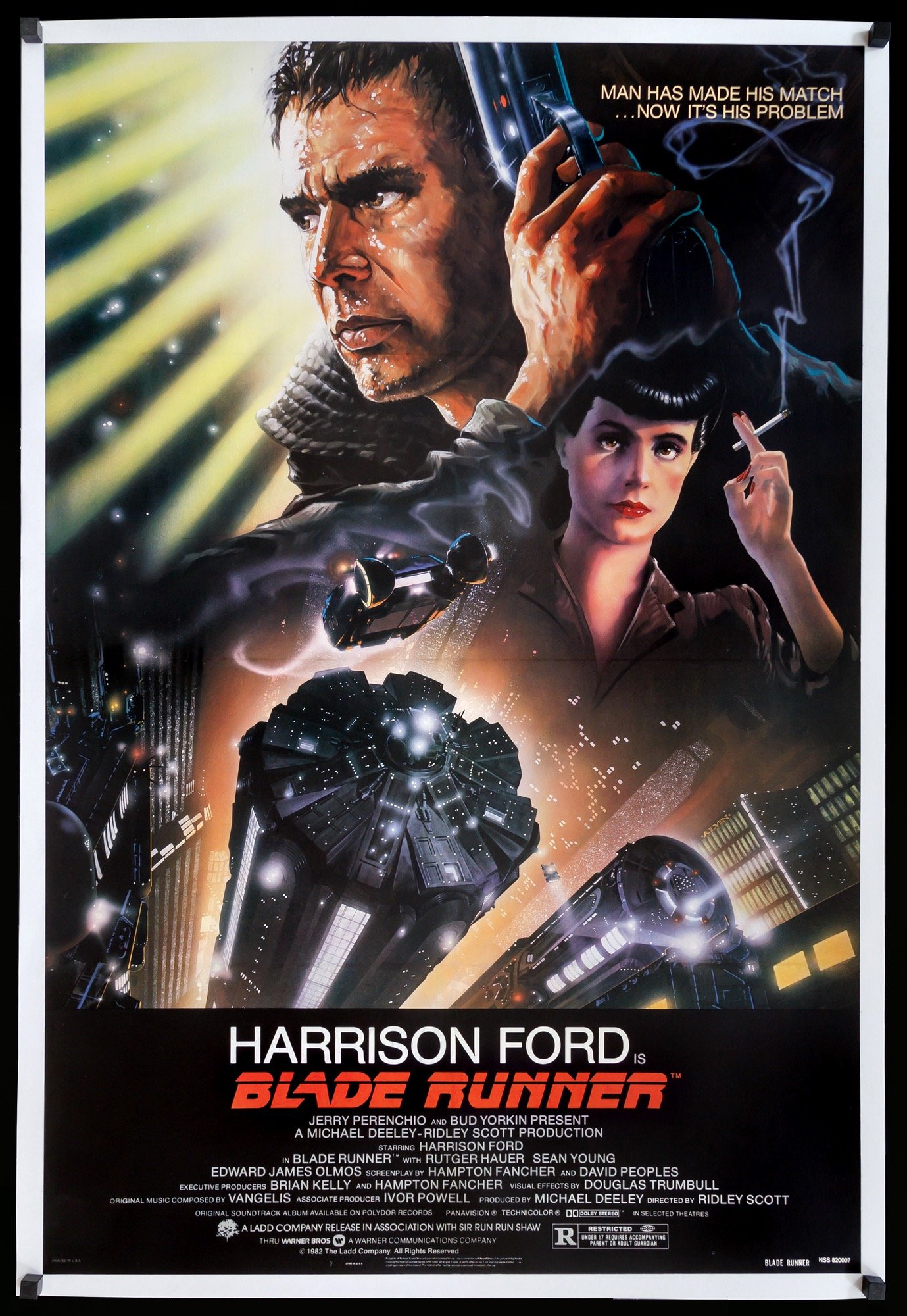

Core influence of the project came from the works of Philip K. Dick and Ridley Scott’s adaption.
Questions
- What is known about human-empathic interactions?
- Is empathy quantifiable?
- How can an empathic-interaction be digitally translated into a device?
- What form(s) could this device exist in?
- What are the consequences of such technology?
- How distant a future are we considering here?
To speculate on this concept elements of mundanity became an important incorporation for building the fictional future world. The artefact had to detach itself from its science fiction roots and reside in a plausible near future.
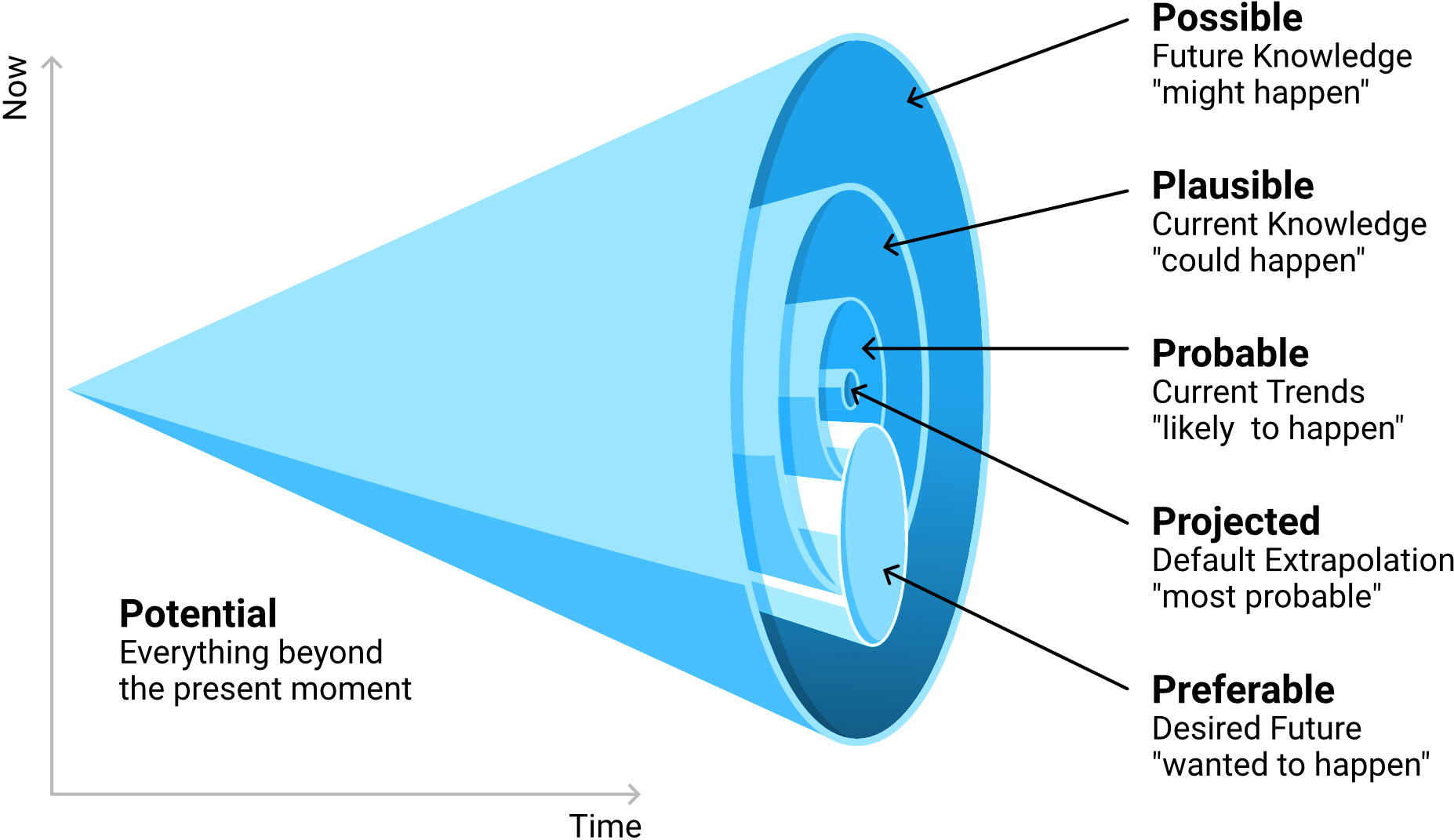
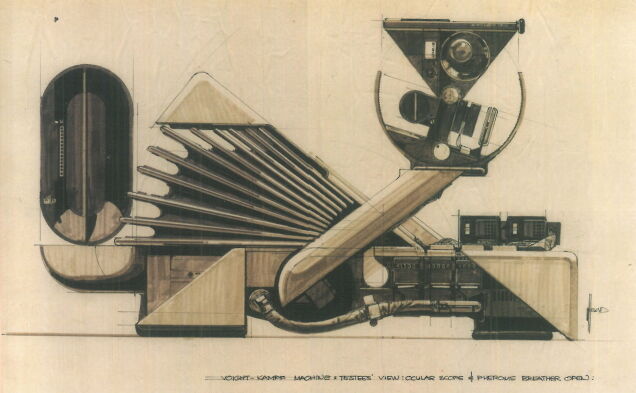
Process
For understand altruism through technology as a design fictionist I turned to the medium that explored and captured this concept most vividly; film. Two science fiction movies beside Bladerunner became the focus of empirical research to understand perspectives of empathy envisioned through HCI. First Spike Jones’ Romance/Sci-fi Her (2013)︎︎︎ placed itself in a near-distant future eerily relatable to contemporary smart assistants presenting a human bond with technology. Equally second, GERTY the AI from Duncan Jones’ Moon (2009)︎︎︎ showed an AI's compassion towards a human user’s never ending plight in a dystopian future on the Moon.What set these visions apart were their acknowledgment of mundanity. Theodore from Her existed in a world not dissimilar from our own, and Sam though on the Moon and presented with far distant future technologies was still enamoured by the sheer normality of the situation.

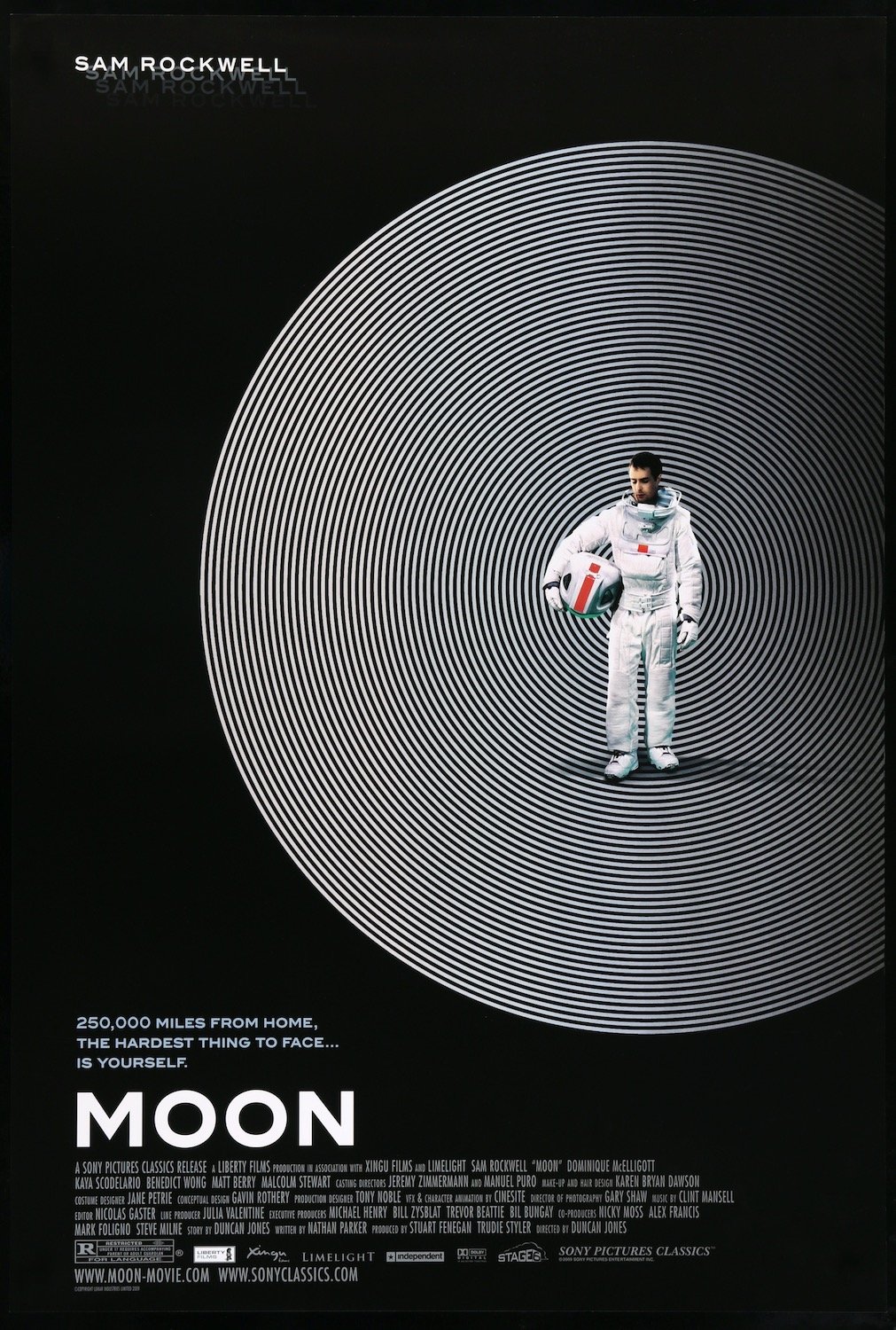
The resulting fictions explore a concept for Human Computer Empathic-Interaction based on an SDK deployable on a variety of devices allowing data collection, analysis, and open access
Designing Fictions
Various usage scenarios as diegetic prototypes were designed the most prominent being a doctor-patient interaction case scenario as example. An illustrated manual for a fictional device called the DoPER Nano (Doctor Patient Empathic Receiver) was imagined. When worn by a medical practitioner it uses collected data—both from built-in and external open sources—and analyses returning a close approximation of the patients ‘human’ condition.This use case and others became part of a process of understanding where such a device would fit in the world building of empathy-based computing.
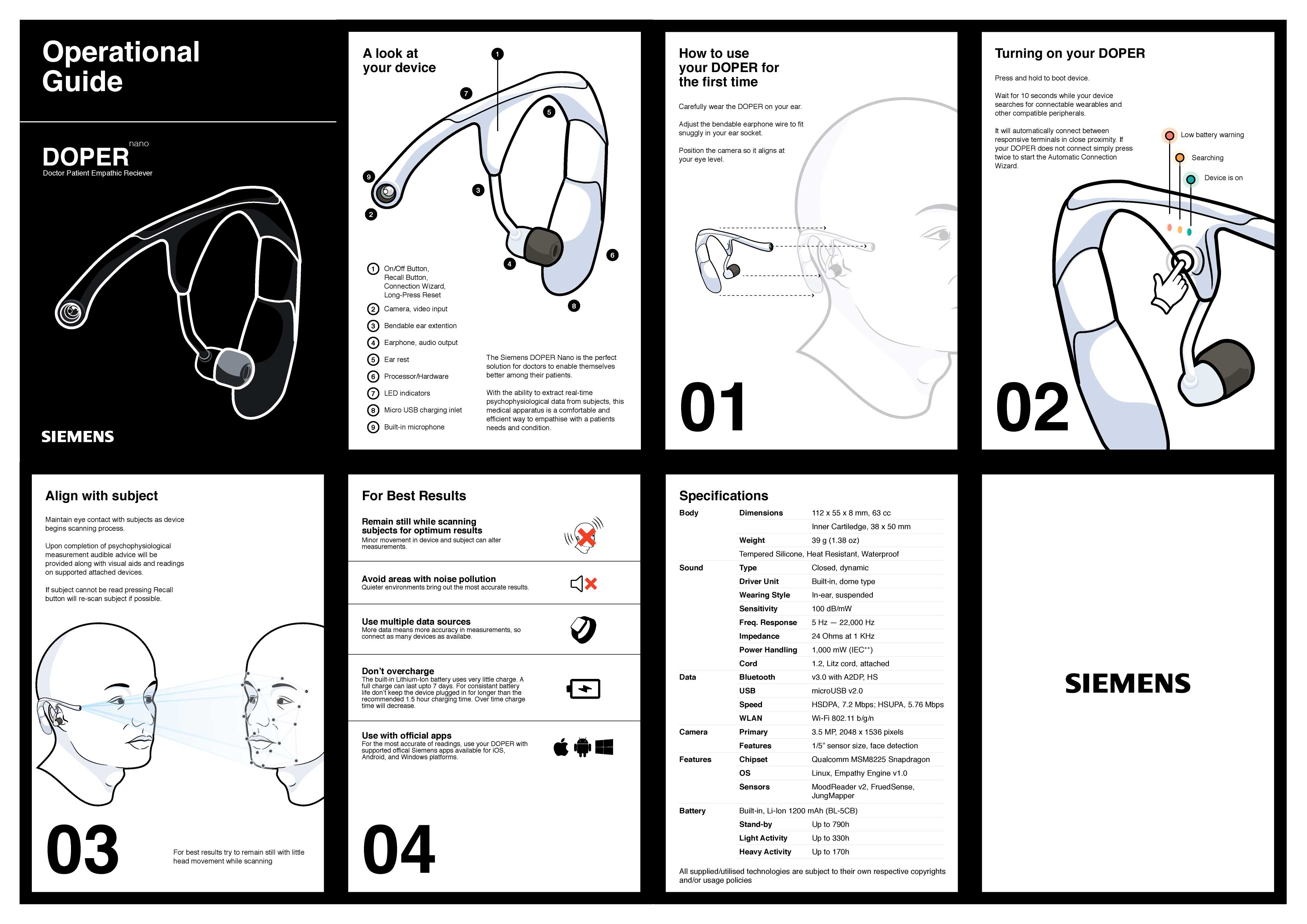
A manual for the DoPER Nano, a medical practitioner’s empathic receive.
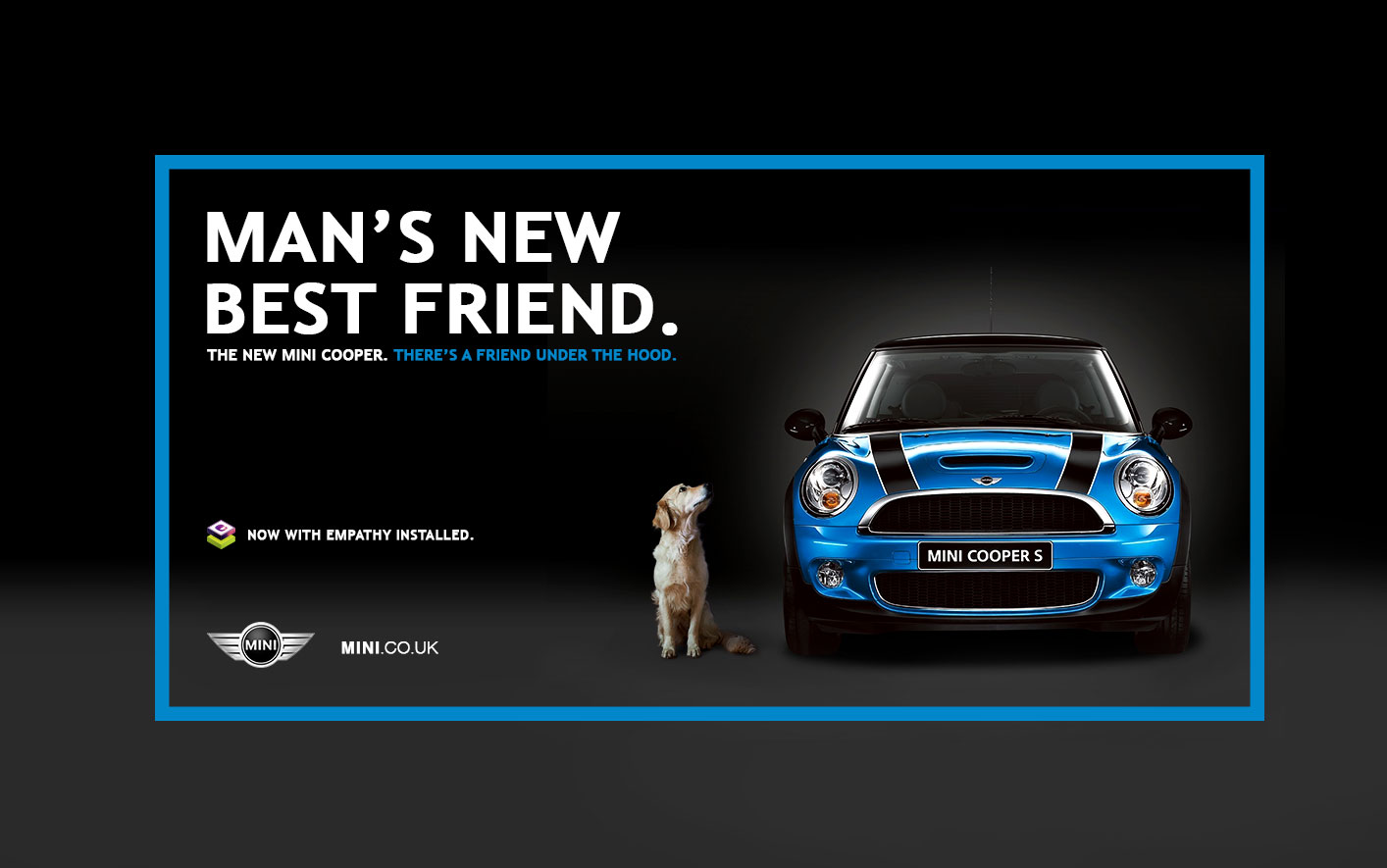
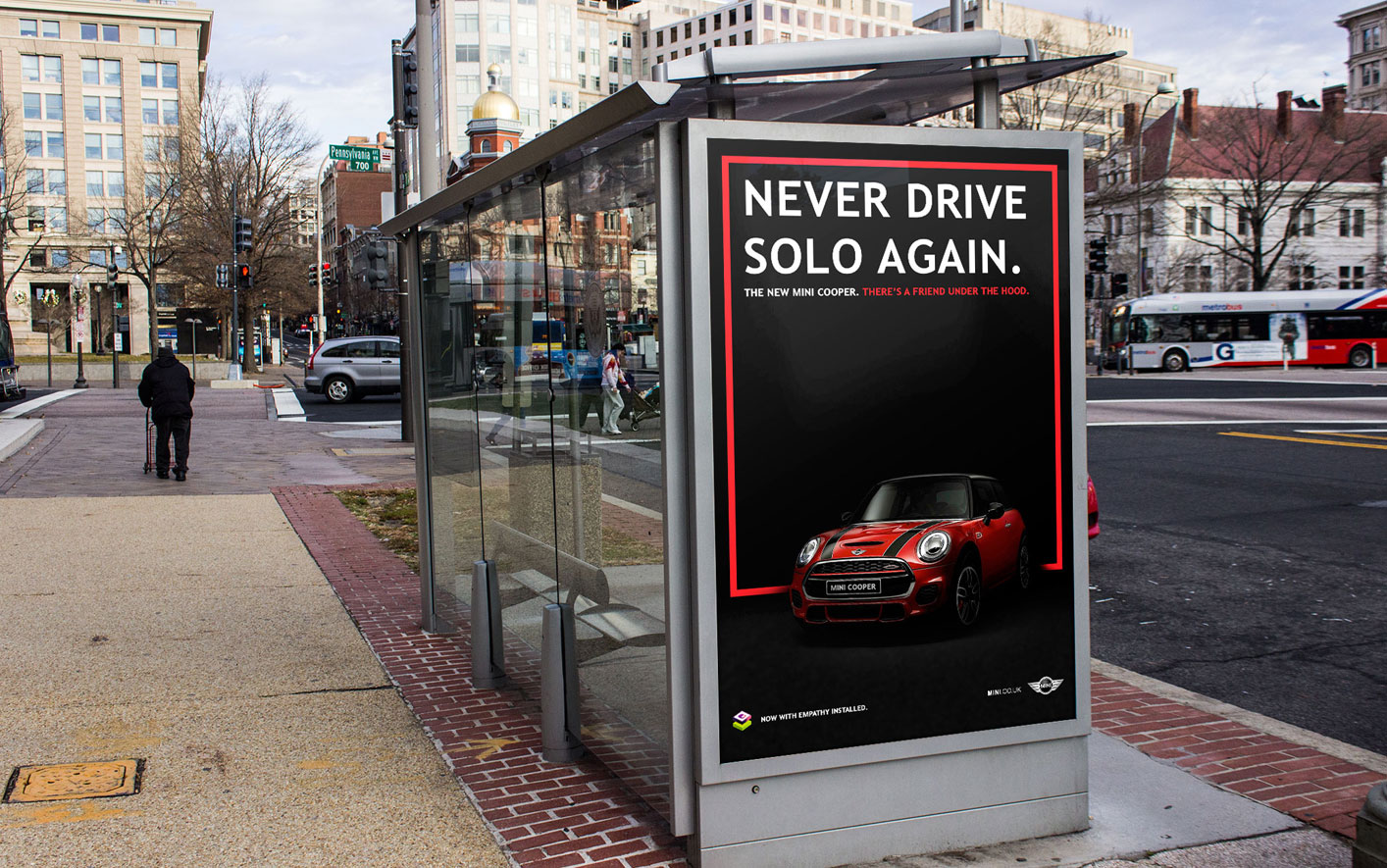
Alternative applications imagined in consumer products supporting possible empathy-based interactions.
Wider Perspectives
A more consumer example was imagined in the SDK being deployed in vehicles to give a comforting unique driving experience. The software would learn from the user and become much like a personal assistant, aware of the users mood and usage suggesting routes to better fit their current state of mind.Finally, two video design fictions were imaged. One involved a live setting usage for the SDK as a dating app that establishes the user's current mood through software and hardware analysis. The other presented the core software itself as a fictional crowd funding campaign.
Imagining the Empathy Engine through a live setting dating app scenario.
Crowd funding campaign for the Emapthy Engine SDK.
Testing & Feedback
The fiction would be incomplete without proper user testing to understand its flaws. To do this in a manner that removed any possible biases it was explored as a kickstarter campaign virally marketed on social media platforms particularly Reddit where it garnered the most attention.Among the feedback from publics experiencing the artefact first hand were the expected doubts for such technology to be feasable, but there were also those that played along and added to the fiction/world with their own dystopian imaginings.
Perhaps the most compelling though was an email from a filmaker eager to document the process of making the SDK! Unfortunately, he had to be let down with the truth.

Actual email from a film maker interested in the artefact.
Research presented at
Alt.CHI 2016, San Jose
DRS2016, Brighton
Alt.CHI 2016, San Jose
DRS2016, Brighton
Further links
The complete project is part of my MA Dissertation is available here︎.
Proceedings of CHI '16 Extended Abstract︎︎︎
Proceedings of DRS2016︎︎︎
The complete project is part of my MA Dissertation is available here︎.
Proceedings of CHI '16 Extended Abstract︎︎︎
Proceedings of DRS2016︎︎︎
